Latest Update: Nov 15, 2025, 7:20:48 AM

Greenhouses are structures that provide a controlled environment for plant growth. This controlled setting allows farmers to protect their crops from adverse weather conditions and harvest produce year-round. One of the most critical components of a greenhouse is its skeleton. The greenhouse skeleton, much like the spine of a building, provides strength to the entire structure and protects it against external factors. In this article, we will examine the components of a greenhouse skeleton and its importance in the greenhouse's functionality.
Components of a Greenhouse Skeleton
The greenhouse skeleton consists of several main components, each playing a vital role in the overall strength and performance of the structure. These components include:
-
Foundations (Columns): The foundations or columns are the main backbone of the greenhouse, responsible for bearing the weight of the roof and the covering.
-
Horizontal and Vertical Beams: These beams connect to the columns and help create a sturdy structure. Horizontal beams typically support the weight of the covering, while vertical beams are used to create the necessary height.
-
Connections: Connections are the points where different parts of the greenhouse skeleton are joined. These connections must be strong enough to withstand the forces applied to them.
-
Greenhouse Covering: The greenhouse covering can be made of glass, plastic, or polycarbonate. This covering is responsible for creating an enclosed and controlled environment.
You can also benefit from the services of Gol Afrouz Greenhouse Company. At our greenhouse construction company, we offer services for greenhouse construction, greenhouse equipment, greenhouse structures, and specialized greenhouse consulting with the highest level of expertise.
Materials Used in Greenhouse Skeleton Construction
Various materials are used to build a greenhouse skeleton, each with its own advantages and disadvantages. Some of the most common materials include:
-
Galvanized Steel: Due to its high strength, resistance to corrosion, and affordable price, galvanized steel is one of the most widely used materials in greenhouse skeleton construction.
-
Aluminum: Aluminum is lightweight, corrosion-resistant, and has an attractive appearance. However, its price is higher than galvanized steel.
-
Wood: Wood was widely used in greenhouse construction in the past, but it is less common today due to problems related to rot and insects.
Factors Influencing the Choice of Greenhouse Structure
The choice of greenhouse structure type depends on several factors, including:
-
Regional Climate Conditions: In areas with heavy rainfall and strong winds, a structure with greater strength is required.
-
Type of Crop Cultivated: Some crops require more light and thus need a structure with a sloped roof.
-
Budget: The cost of building a greenhouse is one of the most important factors in choosing the type of structure.
Conclusion
The greenhouse skeleton is a vital and essential part of any greenhouse. The correct choice of materials and proper design of the skeleton contribute to better greenhouse performance and increased production efficiency. Given the variety of available materials and designs, selecting the most suitable structure for any greenhouse depends on various factors that must be carefully considered.
Gol Afrouz Company also provides all efficient and modern greenhouse equipment. If you are in Karaj, Tehran, or any other city in Iran and looking for a reliable partner for your greenhouse construction, contact us now through the website and benefit from the expert advice of our specialists.



 Dutch Greenhouse Complexes: Aalsmeer Hub, Benefits, & Costs Guide
Dutch Greenhouse Complexes: Aalsmeer Hub, Benefits, & Costs Guide
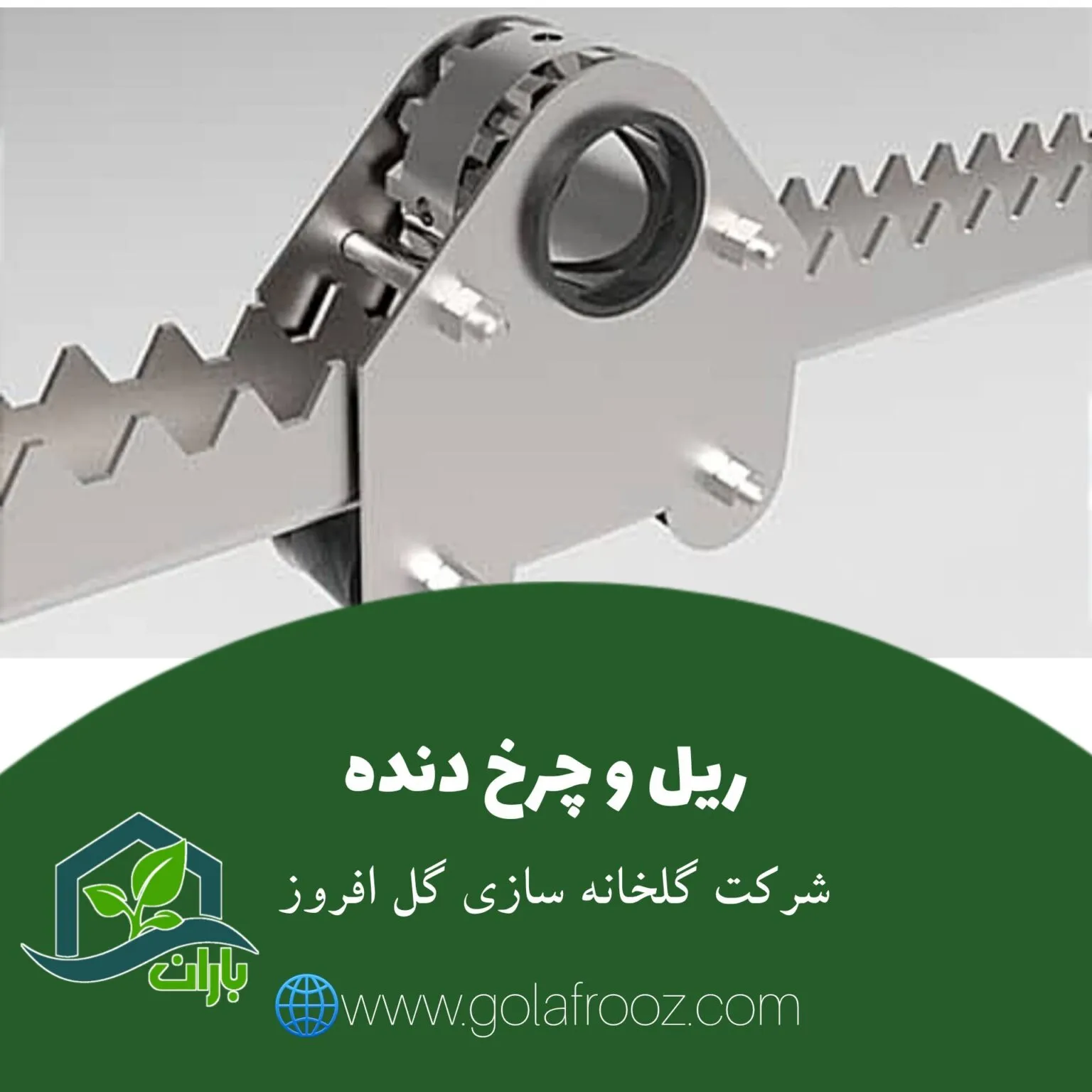 Greenhouse Rail and Gear Systems: Automation, Benefits & Price Guide
Greenhouse Rail and Gear Systems: Automation, Benefits & Price Guide
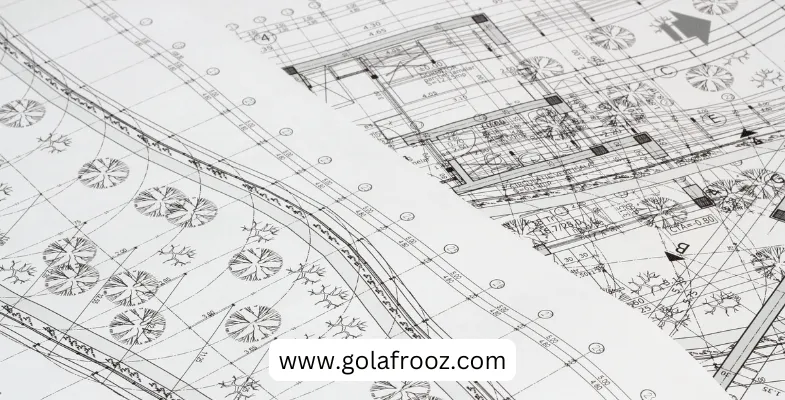 Comprehensive Guide to Greenhouse Plans: Designs, Types & Layouts (Spanish vs. Dutch)
Comprehensive Guide to Greenhouse Plans: Designs, Types & Layouts (Spanish vs. Dutch)
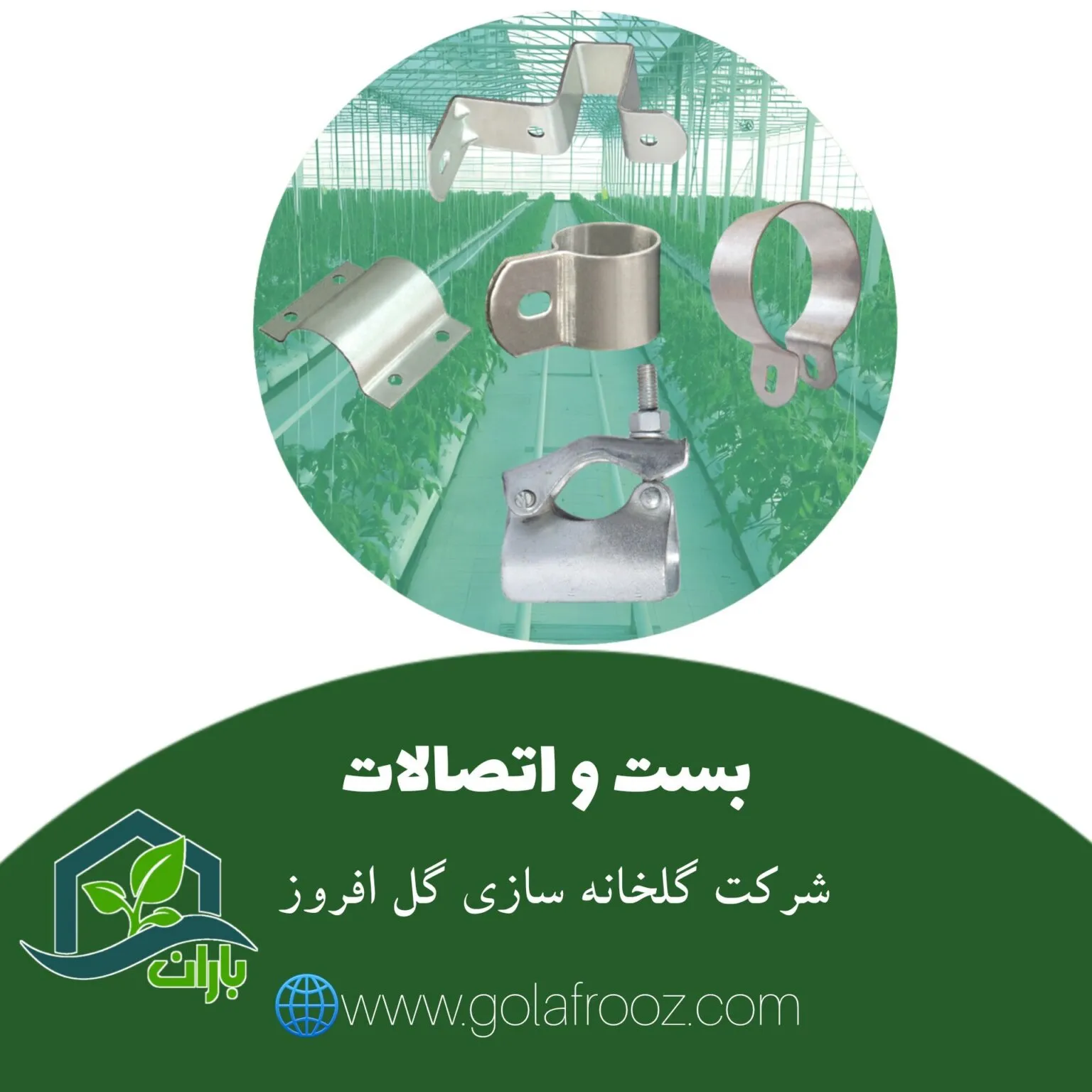 Greenhouse Fittings & Fasteners: Types, Uses & Pricing Guide
Greenhouse Fittings & Fasteners: Types, Uses & Pricing Guide
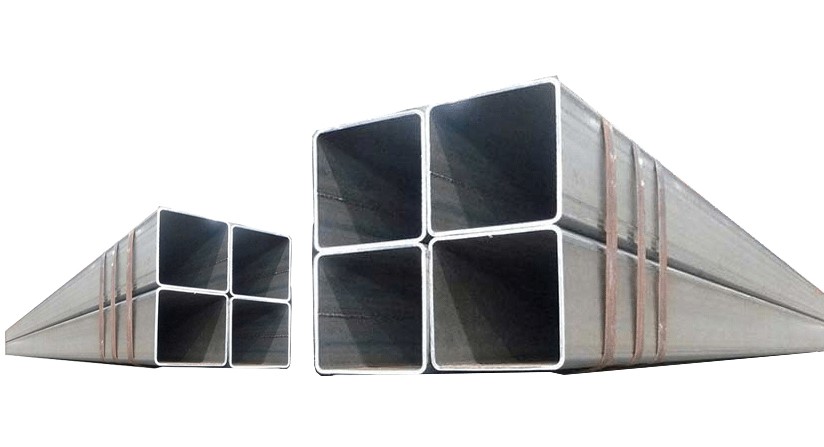 Galvanized can profile 10
Galvanized can profile 10
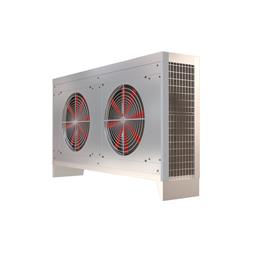 Axial Fan Evaporative Cooler
Axial Fan Evaporative Cooler
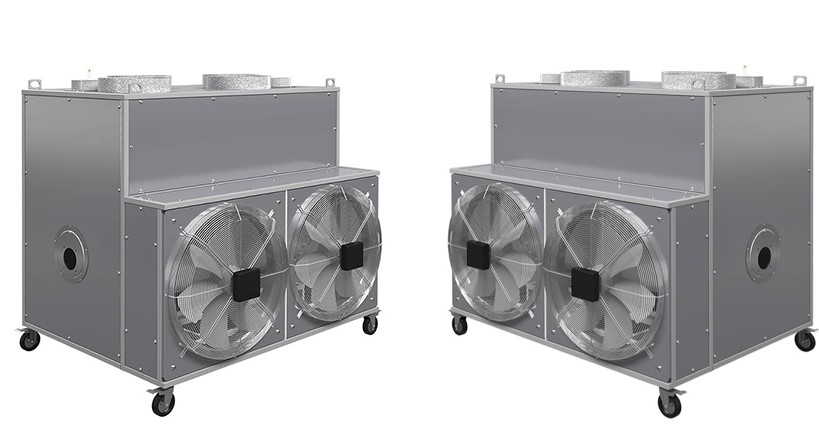 Furnace Heater
Furnace Heater
 Type 4 Circulation Fan
Type 4 Circulation Fan
 Greenhouse Mist Sprayer
Greenhouse Mist Sprayer
